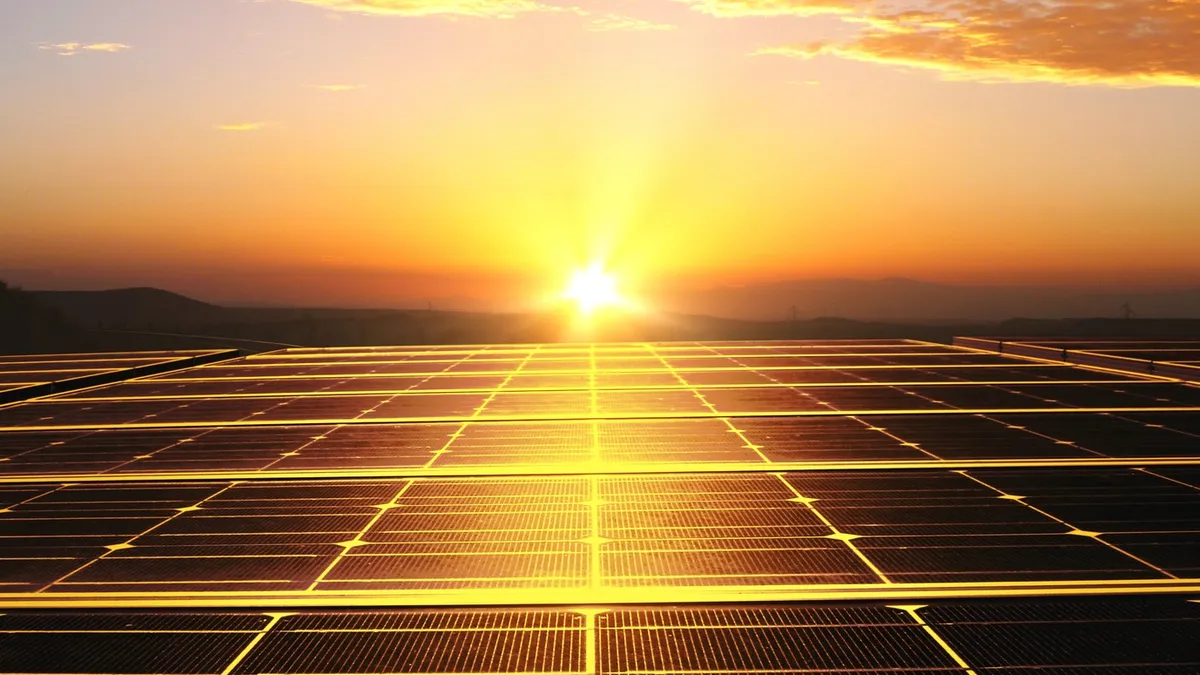Dive Brief:
- California wholesale power prices fell 9% in 2016 to rest at $34/MWh, spurred by a decline in natural gas prices, improved hydropower conditions, and about 1,900 MW of new peak summer generating capacity from solar resources, according to California ISO's market monitor report released earlier this week.
- The market monitor noted the drop in prices was the lowest since 2008, with the primary driver natural gas prices falling 9%.
- However costs to procure ancillary services increased from $62 million to $119 million, or roughly 1.6% of wholesale costs, due in part to a need to procure more regulation reserve capacity to balance intermittent resources like wind and solar during late winter and spring.
Dive Insight:
Along with low gas prices, healthy hydro reserves and a larger base of variable solar generation are pushing down CAISO power market prices. Last month, the grid operator reported that average March real-time energy prices dipped below zero twice daily:
The ongoing bout of negative pricing events this spring is partially due to seasonal influences, like low demand and higher hydro generation, California stakeholders told Utility Dive, but the market monitor report shows the underlying conditions of low gas prices and increased renewables pushed down market prices throughout 2016 as well.
Renewable generation, excluding hydropower, accounted for 20% of total CAISO power supply in 2016, the report notes.
"Renewable generation increased significantly in 2016 and is expected to continue to increase in the future. This will continue to drive the need for market and operational mechanisms to increase flexibility of resource schedules and ramping capability,” said Eric Hildebrandt, Director of Market Monitoring, in a statement.
Expansion of the Western Energy Imbalance Market, particularly adding Nevada utility NV Energy, helped boost the efficiency of dispatching generation and manage the intermittency of wind and solar on the grid, the market monitor noted.
Natural gas continues to be the primary resource on the grid, serving 32% of load. Even so, that number dropped from 40% in 2015, reflecting more wind, solar and hydro.
The amount of renewable energy serving supply is beginning to cause headaches for the grid operator. A recent memorandum said the "bountiful" hydro conditions and significant additional solar installations will result in higher curtailment. As California’s renewable capacity grows, CAISO expects curtailments to become more frequent, possibly hitting 13,000 MW by 2024.














